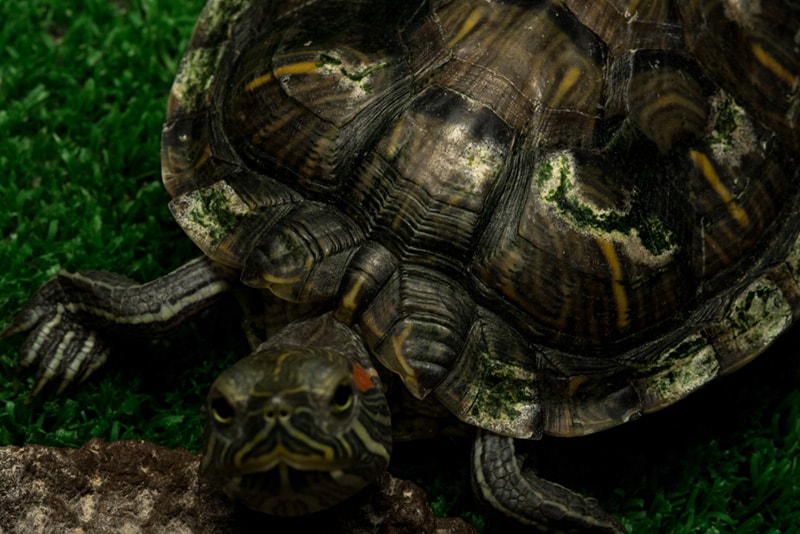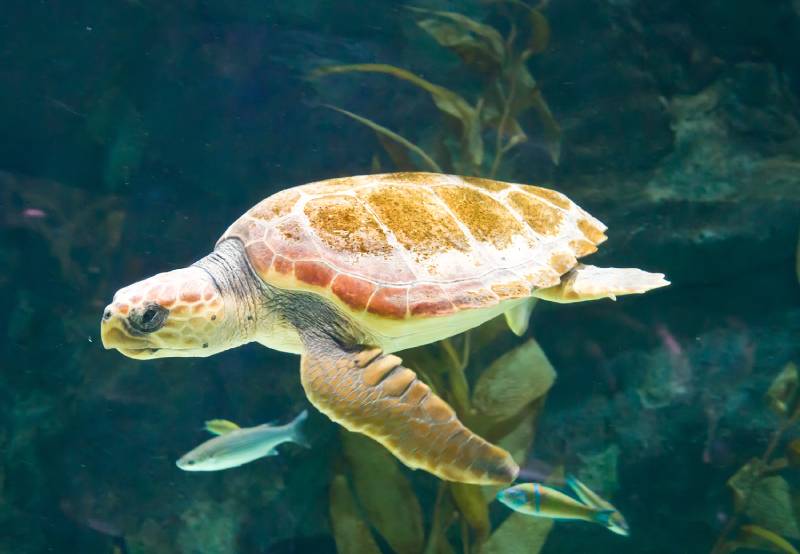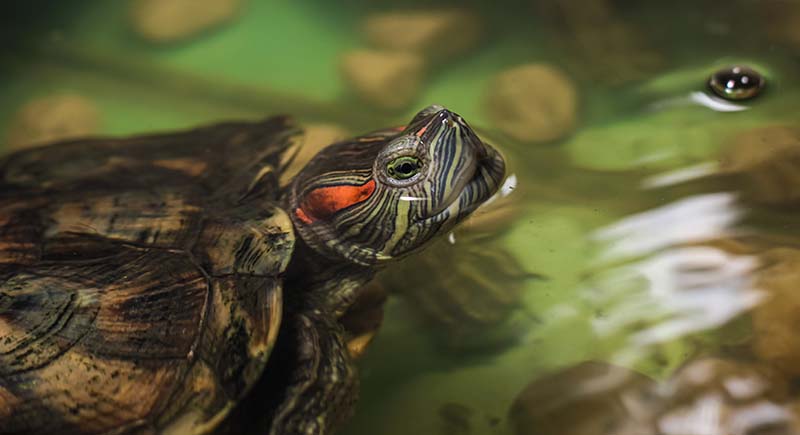How Long Can a Turtle Go Without Basking? Vet-Reviewed Facts & FAQ
Updated on
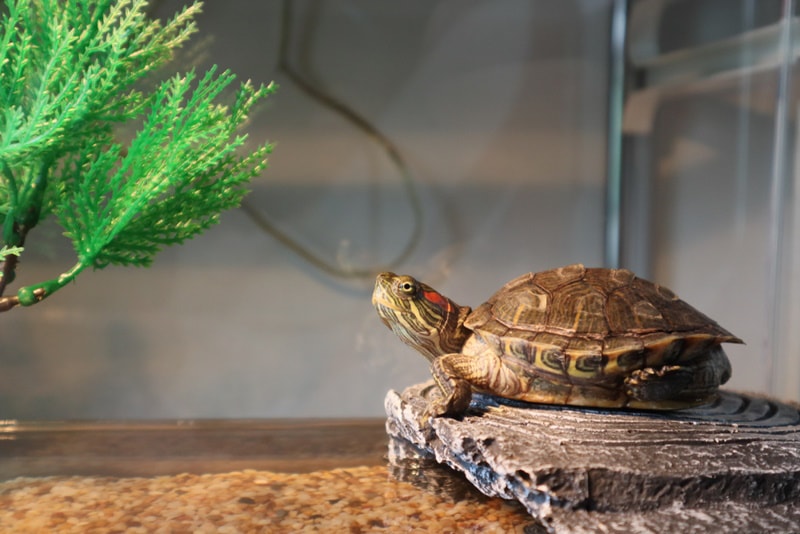
Click to Skip Ahead
Basking is a vital part of a turtle’s health. As reptiles, turtles are cold-blooded creatures, they must bask to regulate their internal body temperature. Basking is also important for absorbing UVB light which turtles depend on to create vitamin D3 which is essential to calcium absorption.
Typically turtles bask for 2-8 hours a day but may be able to go 1-2 weeks without basking. However, if your turtle has stopped basking, it is important to consult with your vet and rectify the problem as soon as possible to avoid shell and bone damage.
What Happens if a Turtle Doesn’t Bask?
If a turtle doesn’t bask enough, they may suffer from a range of health problems. For instance, the turtle may develop shell rot, which is a bacterial or fungal infection of their shell. This disease causes the shell to decay.
Turtles need to bask to absorb UVB light so they can produce vitamin D3. This vitamin is necessary for calcium absorption to maintain a healthy shell and bones. Without the proper amount of basking, their bones may become brittle, and their shell can become distorted.
Metabolic bone disease is (sadly) a common condition amongst most species of domesticated reptiles. This disease causes bone problems and is the result of a combination of poor nutrition but also inadequate UVB light. Usually, this light is absorbed when basking. Therefore, if a turtle doesn’t bask, they may develop this bone condition.
Basking also stimulates a turtle’s appetite and promotes digestion. Without enough basking time, the turtle may not be hungry and eat enough, and may suffer from digestive problems. In the end, this can lead to malnutrition and similar problems.
Because basking is so important for turtles, you should always provide them with a basking area. This isn’t an optional part of turtle care.
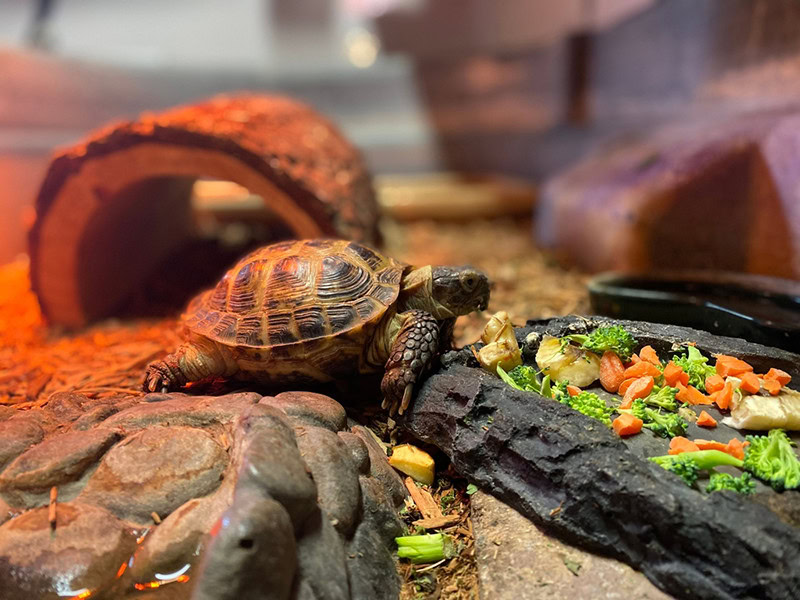
Why Isn’t My Turtle Basking?
If you’re providing a basking area, but your turtles don’t seem to be using it, there are several potential reasons.
The most common one is stress or fear. If your turtle is fearful of the basking area (or their environment in general), they may never feel comfortable enough to bask. Loud noises, frequent handling, and predators can all cause significant stress for a turtle. If you believe this is the case, you should reduce the amount of handling and other stressors your turtle is exposed to.
Pregnancy can also make a turtle bask less. If your turtle is gravid (carrying eggs), she may spend a significant amount of time looking for somewhere to lay them. She may not have time to bask. In this case, consider providing your turtle with a nesting box or other area to lay eggs to help her get back to her normal basking routine.
If the temperature in the basking area is too high or too low, your turtle may simply decide not to use it. The ideal temperature will depend on the species of your turtle but the range for most turtles is between 85°F and 95°F. Monitor the temperature of the basking area with a thermometer and adjust it as necessary.
Your turtle may not bask if the area is too small or difficult for them to reach. They may simply not be able to get to it properly. You should make sure that your turtle can easily climb onto the basking area and that it has enough space to stretch and dry off.
Bigger is usually better, in this case.
Do Turtles Need to Bask Every Day?
Ideally, yes, turtles should bask every day for at least a few hours. The lighting in the basking area needs to approximate normal sunlight meaning it needs to provide heat, UVA and UVB light.
Basking helps turtles dry off their skin and shell. While turtles will get wet a lot, being able to dry out quickly prevents fungal and bacterial infections on their shell and skin.
Turtles will also use their basking spot to help them regulate their body temperature. They cannot produce their own body heat, so they must rely on external sources like heat lamps.
They also need to absorb UVB light when they bask to produce the vitamin D3 needed for calcium absorption.
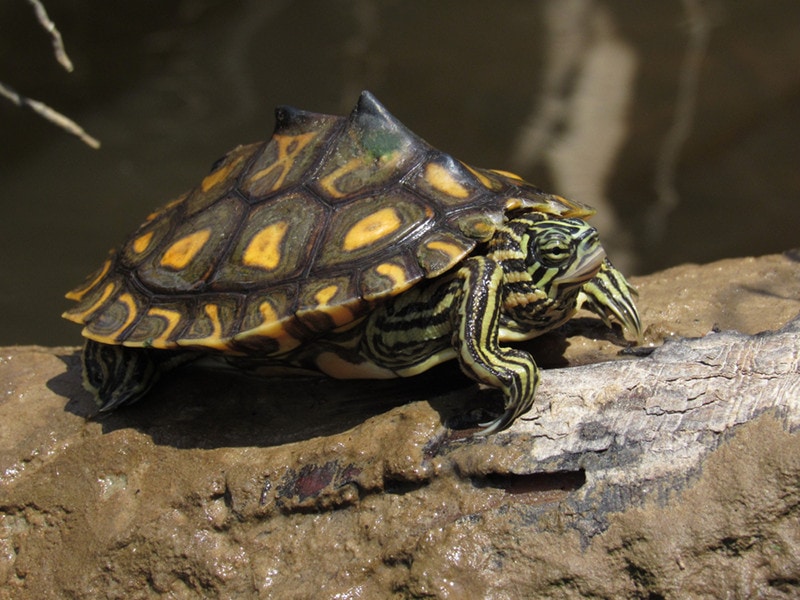
How Long Do Turtles Bask Each Day?
Turtles typically need to bask for 2–8 hours each day. However, it does vary from turtle to turtle. Some species have differing requirements. Research your species of turtle, so you know what their needs are.
Furthermore, the temperature of the basking area matters. If the basking area is warmer, the turtle may need to bask for less time, for instance. Some turtles will have differing needs depending on their health, too.
You should never force your turtle to bask. If your turtle isn’t basking enough, you should fix the underlying reason.
Final Thought
Turtles need to bask every day as basking is vital for their health. If your turtle isn’t basking for one reason or another, it’s likely because there is an underlying issue which needs addressing. If the issue is not immediately obvious and easy to put right, then contact your vet as soon as possible for help and advice.
Although turtles may be able to survive a few weeks or even longer without basking, a lack of basking will quickly have a detrimental effect on their health. The sooner you can sort the situation and get your turtle back to their normal basking routine, the better.
Featured Image Credit: Mark Leung, Shutterstock


